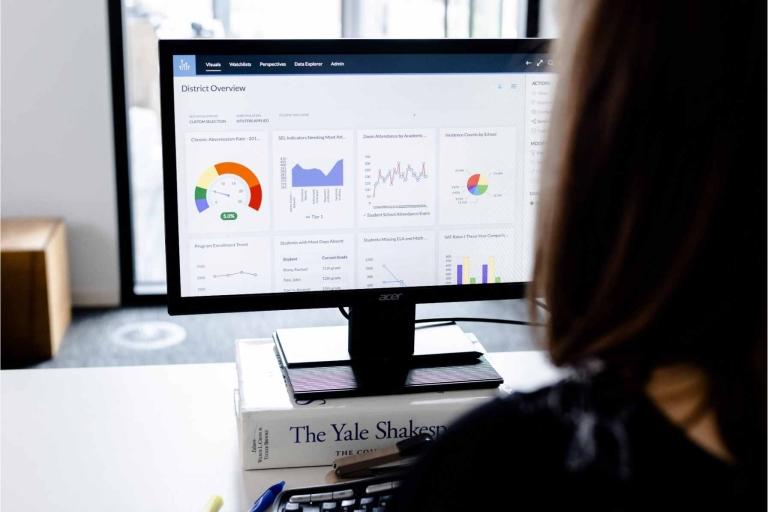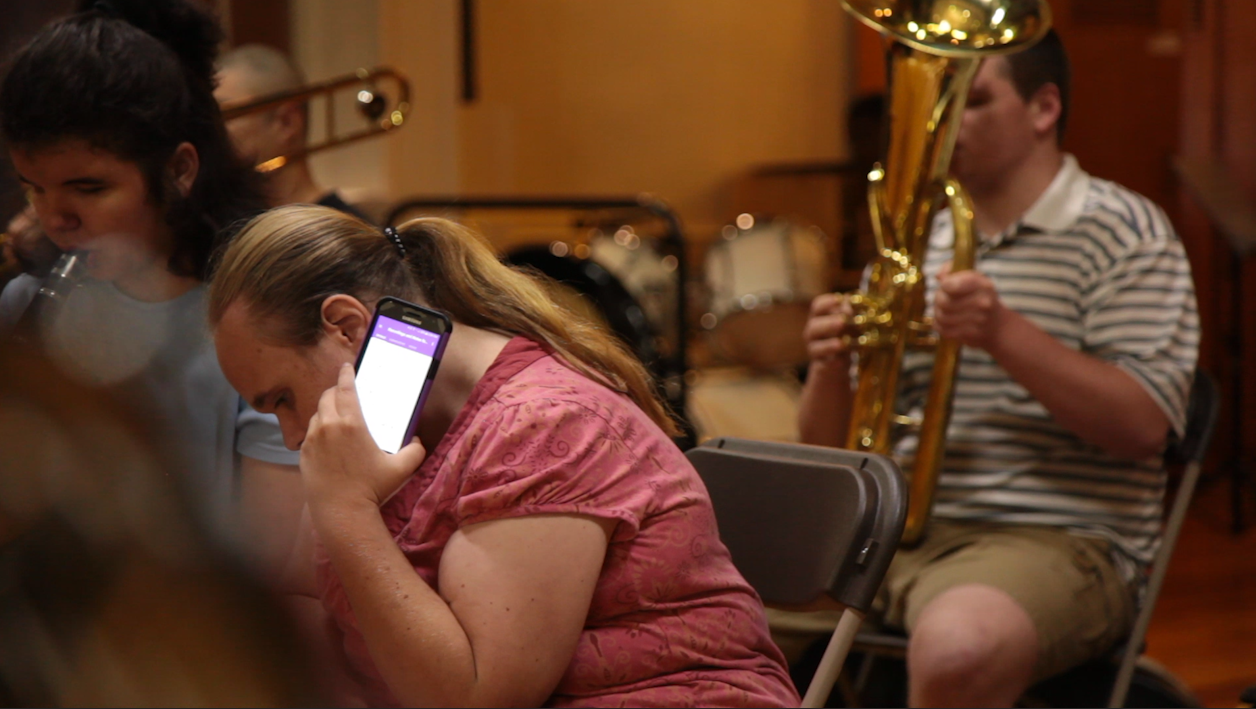Editor's note: Social awareness of the needs of blind and deaf young people has increased, but their paths to achievement can still have roadblocks. This is the second entry of a three-part blog series that highlights how a group of schools is succeeding despite challenges. For part one, click here.
The Governor Morehead School for the Blind-Raleigh, N.C.
*Closed captioning available on this video
Established in 1845 as the eighth school for the blind in the United States, the Governor Morehead School for the Blind primarily took in children from 5 years old until they turned 21. A preschool was eventually started to help children who were born blind, and an outreach program with education groups throughout North Carolina was formed for the purpose of identifying future visually impaired students. The school prides itself on using new methods in its teaching. It is a nationally-accredited program that's part of North Carolina’s Education Services for the Deaf and Blind. Blind students can use a braille keyboard, which turns the words on a screen into braille for them to read.
Nancy Kerner-Durling, the director of music at Governor Morehead, has spent less than a year at the school and was new to teaching the visually impaired. Her first question: “How do I teach music to people who might not be able to see the music in front of them?” Kerner-Durling says she found out that her colleagues used the Canvas learning management system (LMS) in their teaching and that it could help her. “I was looking for some way to provide access to music, but that would work for them and work for me both.” She added recordings of the music—group recordings and then individual recordings—for both chorus and band. She also put in documents with lyrics or notes for students to access through their braille displays. The students record themselves performing the music and send it to Kerner-Durling. She says the practice gives her access to them on an individual basis and makes rehearsal more efficient.
-Nancy Kerner-Durling, director of music at Governor Morehead School
The hands-on approach, tied into technology, follows the mission carried out by Dr. Sarah McManus, the digital learning director for Education Services for the Deaf and Blind. Dr. McManus says things change quickly in the digital age, so students need resources and access to a learning management system to progress. “If we don’t teach them now how to use one, when they go to college they are going to be at a disadvantage. So we really want to make sure that the students have an opportunity to have a blended learning experience,” she said.
We at Instructure believe accessibility must have an impact that goes beyond learning in the classroom. It’s a declaration of independence from old ideas and invisible barriers.
In our third and final installment of our accessibility series, see the journey of a man whose time in a mainstream school inspired him to teach at a school for the deaf—plus ideas for all teachers to make their classes more inclusive and accessible.
The Canvas Community features an accessibility group where educators can discuss accessibility in the LMS and learn best practices. Tell the Community how this post inspired change in your Canvas course by sharing before and after details in the form of a blog—no change is too small.
IMAGES AND VIDEOS BY ADAM SANDERS, M.Ed.
© 2017 Instructure. All rights reserved.
Related Content
 inst-3step.jpg
inst-3step.jpgBlogs
 13lmsfeaturesthatbenefitstudentlearning.jpg
13lmsfeaturesthatbenefitstudentlearning.jpgBlogs
 community-homepage.jpg
community-homepage.jpgBlogs
